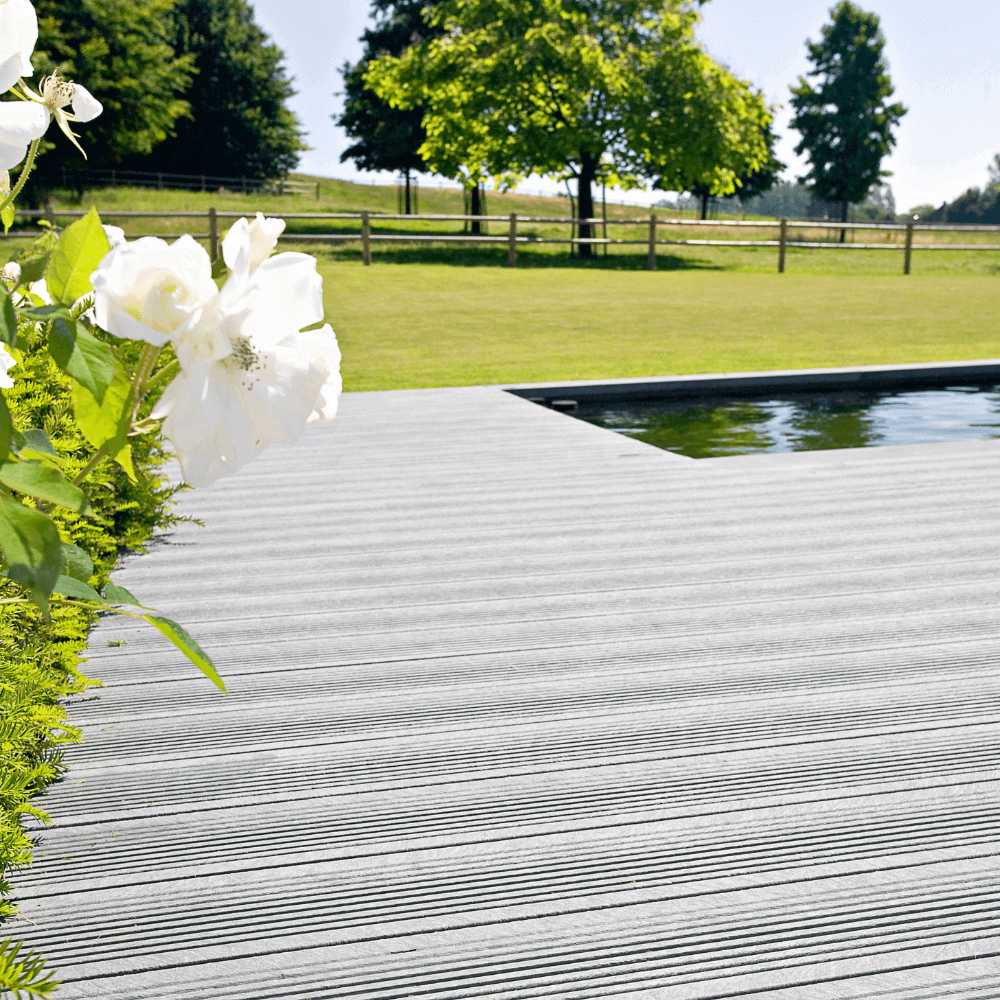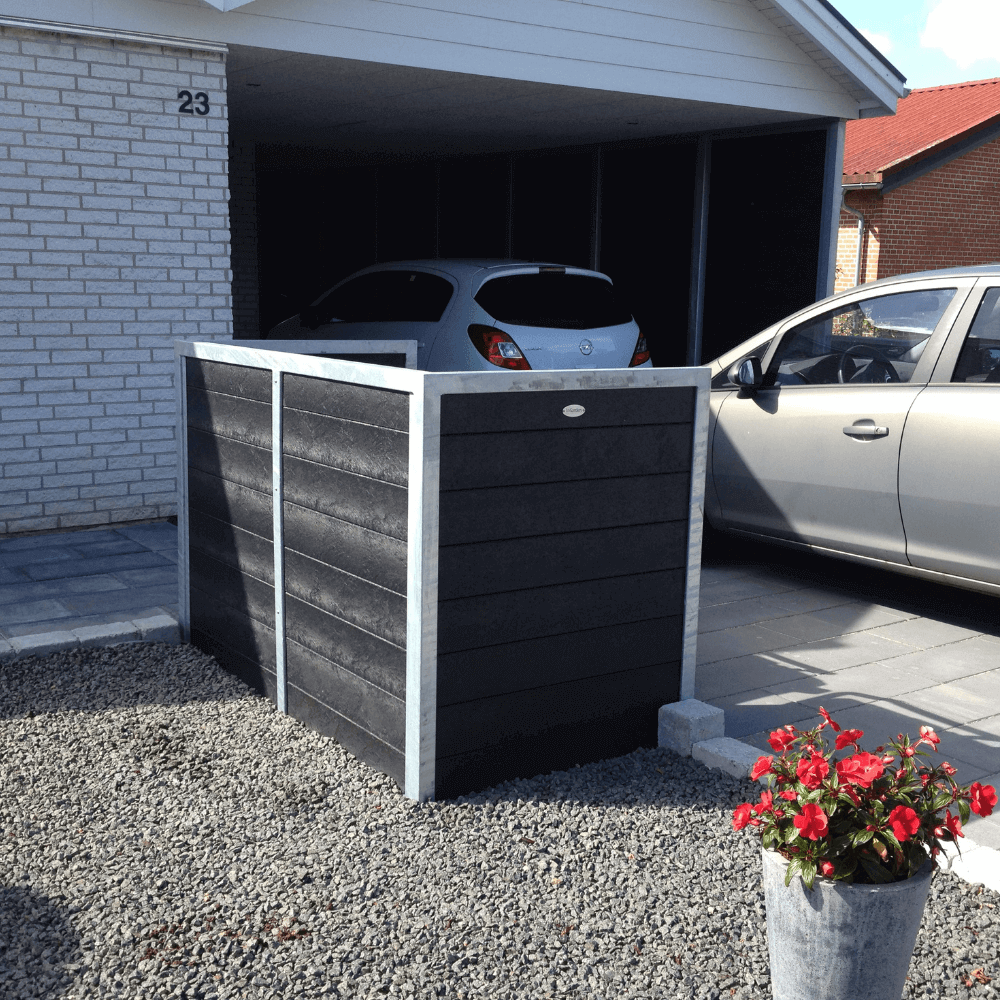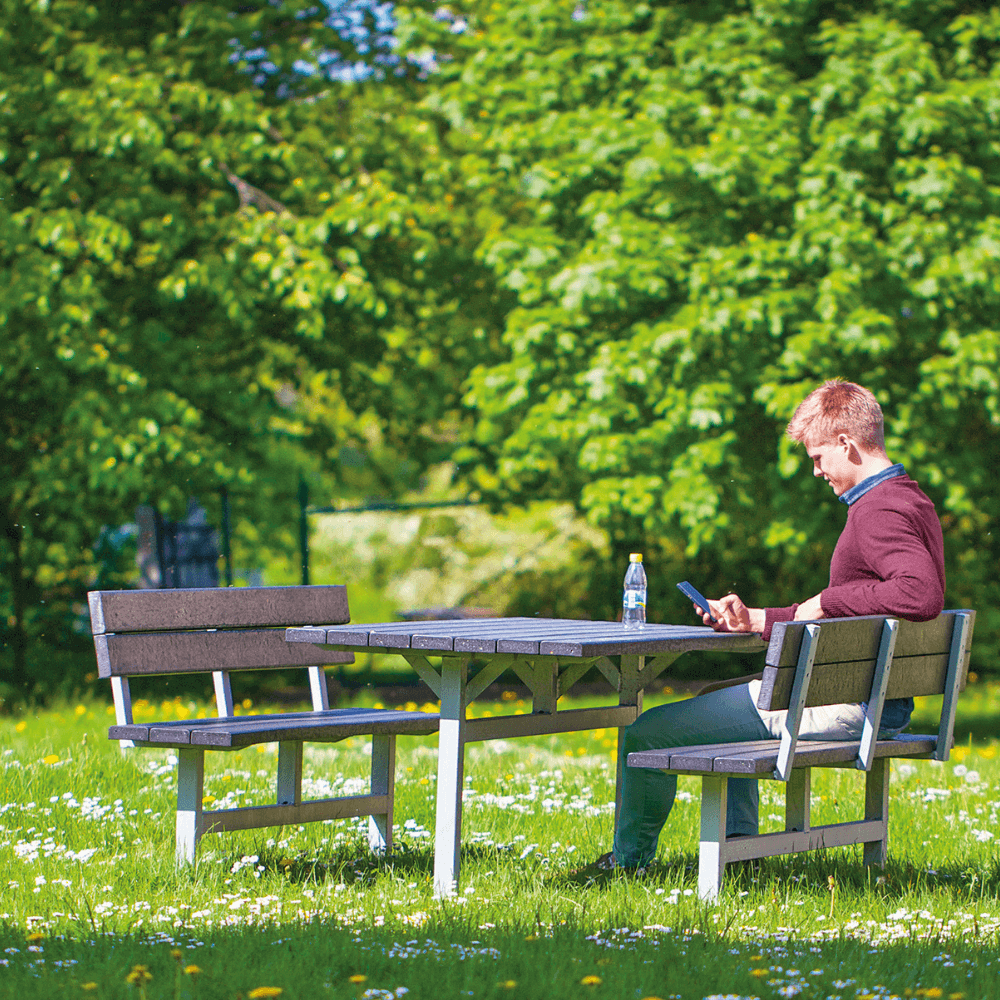The kitchen garden season starts in February. Indoors. If you have the opportunity to plant small plants under the cover of plastic or non-woven fabric out in the garden in March, you can quickly fill the window sills with small sprouts in February, depending on your wishes and needs.
Other crops that do not tolerate frost and must only be planted out during May have such a long attraction time that they can advantageously be pre-cultivated indoors as early as the end of February.
The first thing to do in February, however, is not to sow, but to put seed potatoes for germination if you want to be able to enjoy the small early potatoes sometime in late May. It must therefore be a so-called "early" variety, which is placed in one layer in boxes in a bright and not too hot place. The tubers should develop short vigorous sprouts before they go into the soil in April - and the better the sprouts, the earlier the potatoes. The slightly later potato varieties, which do not necessarily have to be laid before the last half of April, can easily wait to germinate until the beginning of March.

It is first and foremost spinach and lettuce, which you can sow as something of the earliest to give the first green of the year. The small plants can easily withstand a little frost if you plant them in March, and therefore they can be sown in the plug box already in the beginning of February. They should initially be put in a slightly cool place as both lettuce and spinach just germinate worse when the soil temperature is above 21 °, which can easily stay in a sunny window sill.
Once the first sprouts have appeared, they can then be set as brightly as possible. After a month, the plants are ready to be planted in a manure pond or under a few protective layers of non-woven fabric. If it is cold, they are just a little stomping, but the spring sun can quickly heat the soil so much that the growth starts under the tablecloth while the rest of the garden is still standing still. A similar early pre-cultivation of eg arugula can also make a contribution to the first salad bowl of the year.

Most beans do not tolerate the slightest hint of frost and should not be sown at all until sometime in May at the earliest. However, this does not apply to waltz beans which also go by the good Danish name horse beans. It is a slightly "forgotten" vegetable which is extremely easy to grow as an early frost-tolerant crop. The perfectly fresh little beans are a delicious eat on par with the first peas of the year, just earlier.
As pre-cultivated, they can be harvested from mid-June at a time when most people crave something fresh green that is not just leaves. Since walnut beans even thrive on being grown in a bed with, for example, the early potatoes, the space will thus be vacant so that you can plant a new crop already in the early summer. The beans are therefore pre-cultivated in root trainers from February, and at the beginning of April you will have 20 cm tall plants that will be in the ground at the same time as the germinated potatoes (about this later).
Peppers, on the other hand, both the sweet snacks and the strong chilies, require so much heat that they can come out under cover or in a greenhouse from May at the earliest, and in a slightly sheltered place on the terrace from June. They therefore need quite a long time in a "care scheme" if you want to make the plants yourself, as some varieties must be sown already in February if they are to be able to produce quite a lot of ripe fruit. In February, however, it is necessary to supplement the often limited daylight of the window sill with a special LED bulb intended for plants so that the plants do not become too ruffled.
When the days get longer and the sun begins to gain a little more power in late February, one can often sow radishes as the first directly into the ground. In a manure bench or under plastic, the soil temperature can easily reach the 4-5 ° that is needed, and although germination takes a little longer than later in the spring, you can often have crispy radishes in early April. In the event of frost, you can cover with non-woven fabric, and if for some reason it still goes wrong, you can always look around.
At the end of the month, you can sow onions in the window sill, where you, for example, sow 3-4 seeds per cell in a plug box at 15-20 ° - more about this in April, when the onions are then planted out.

Tekst og fotos: Køkkenhaveekspert Peter Norris








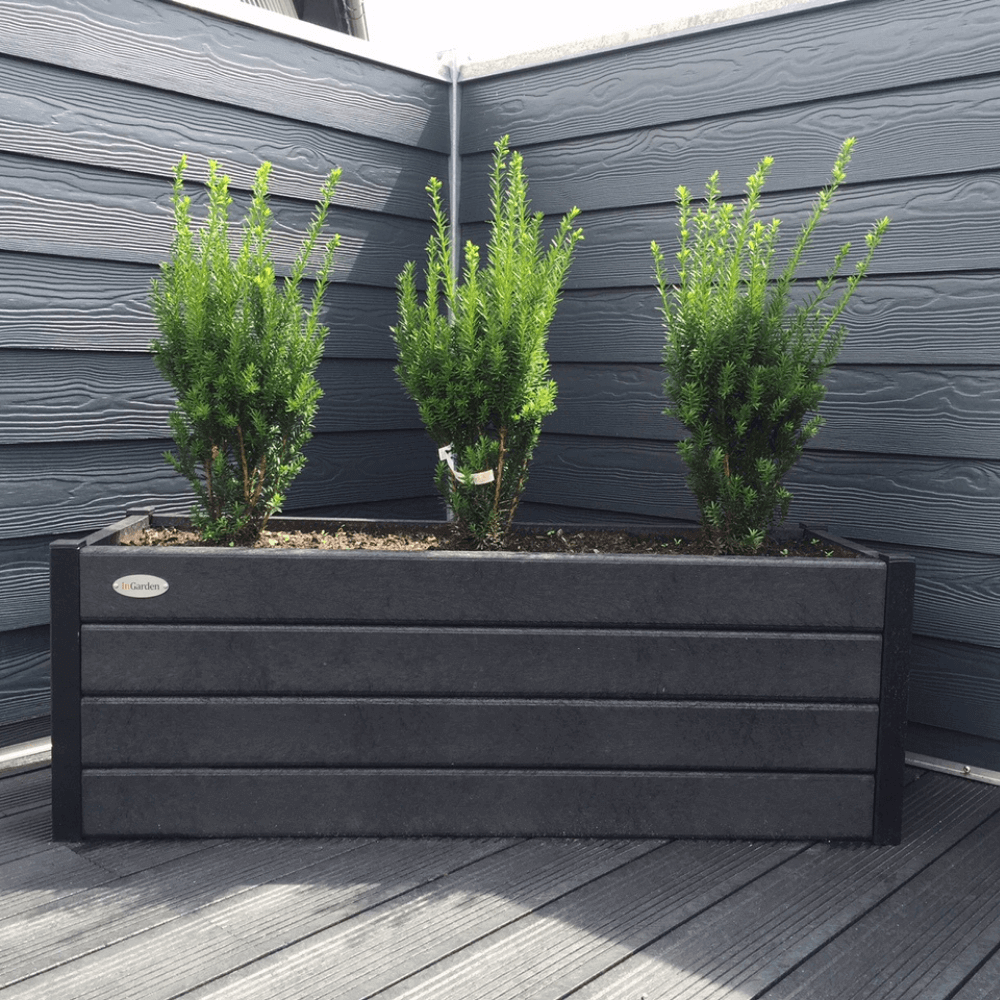
-1.backdrop.png)
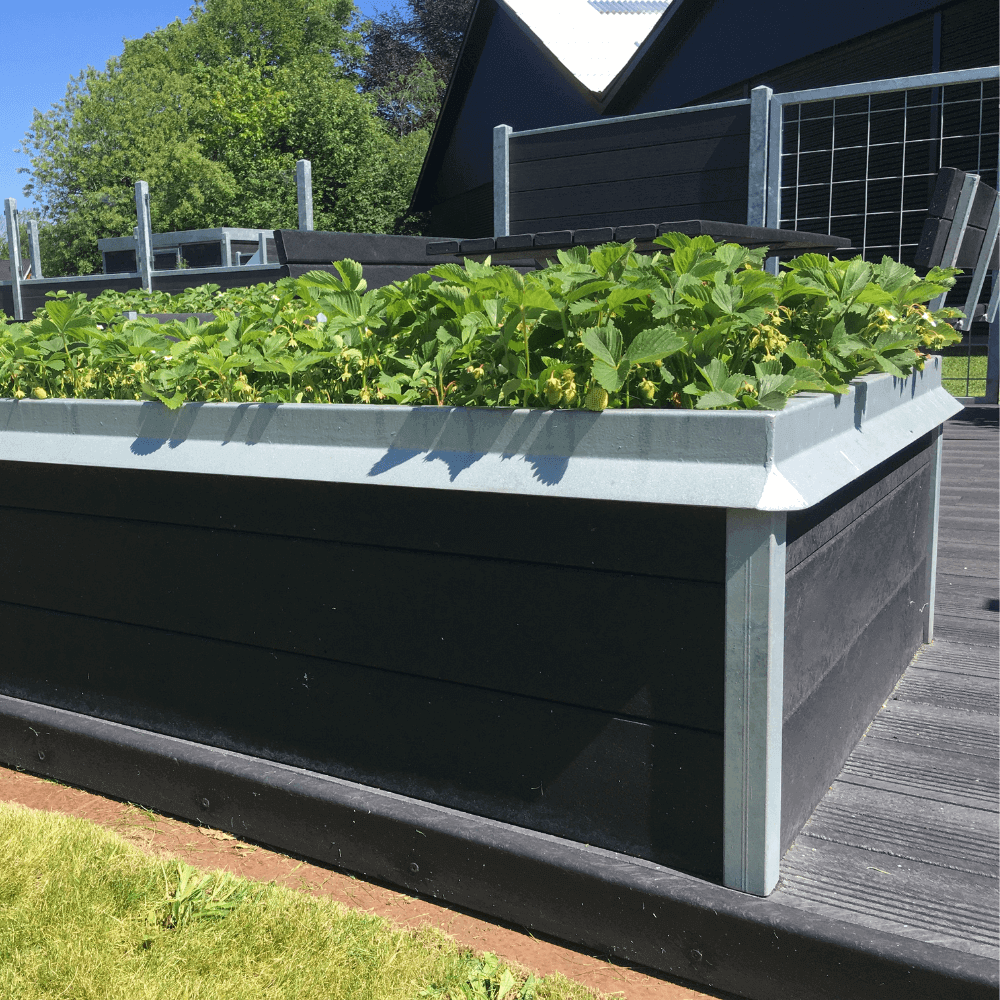
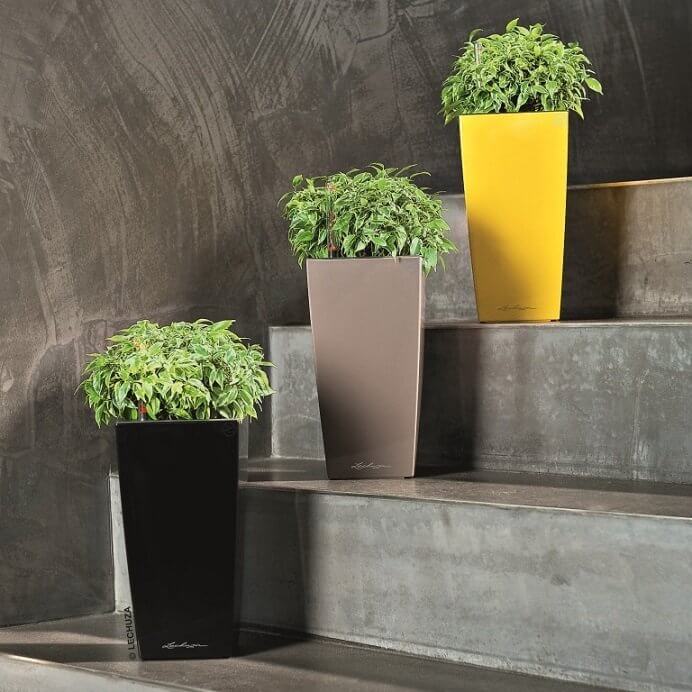
-1.backdrop.png)
